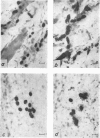Abstract
Anaphylactic shock in rats produces disruption of mast cells. These cells are also disrupted when rat mesentery is incubated with antigen in vitro. The plasma histamine reaches a maximum about 5 min. after injection of the antigen. Though antihistamines protect rats against anaphylactic shock, they do not prevent mast cell disruption. Previous depletion by compound 48/80 of the histamine bound to the mast cells prevents anaphylactic shock and the increase in plasma histamine. Anaphylatoxin produces no mast cell alterations or plasma histamine increase, and thus does not seem to act as a histamine-releasing agent in rats. Probably nearly all the histamine liberated in anaphylaxis in rats comes from the mast cells.
Full text
PDF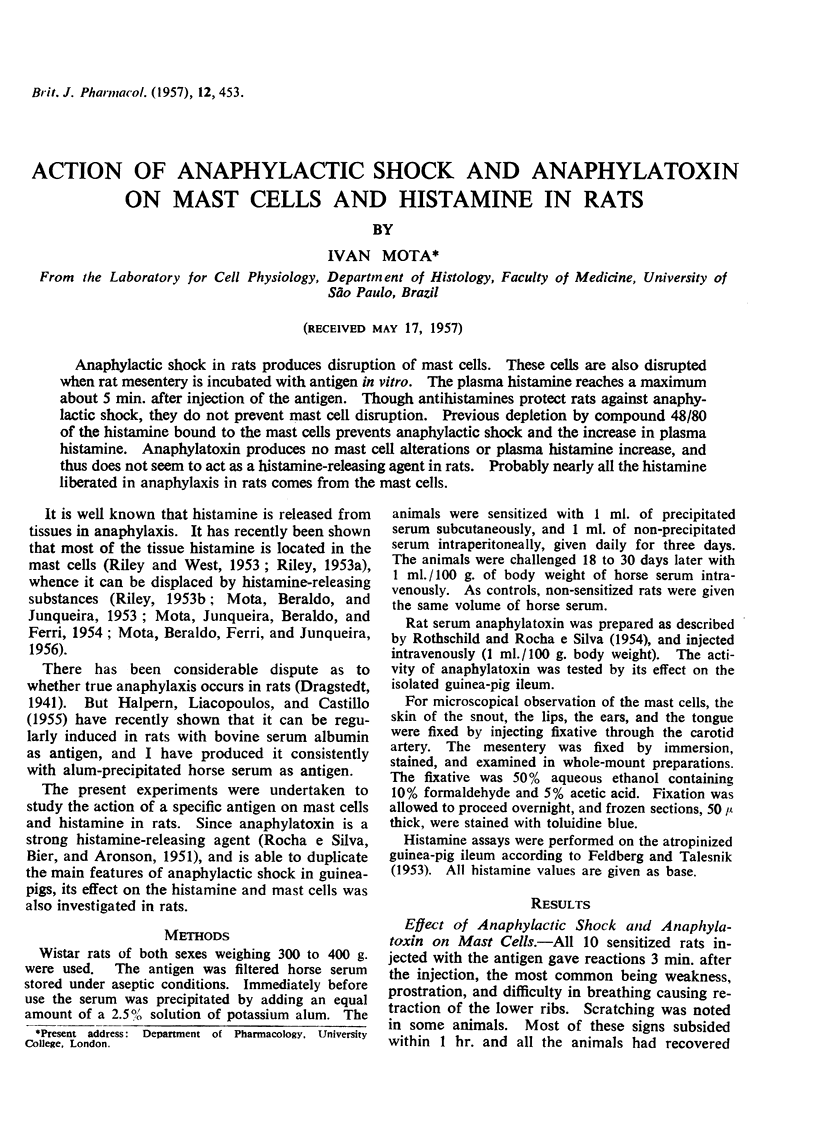
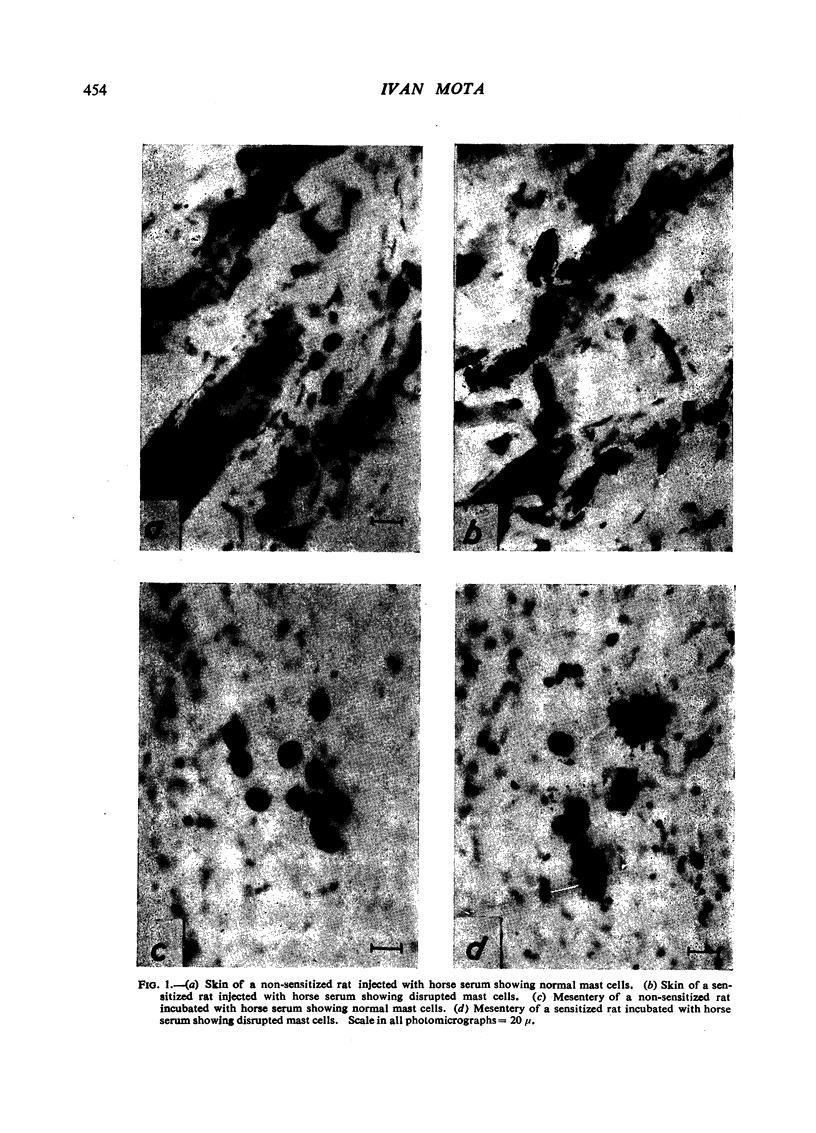
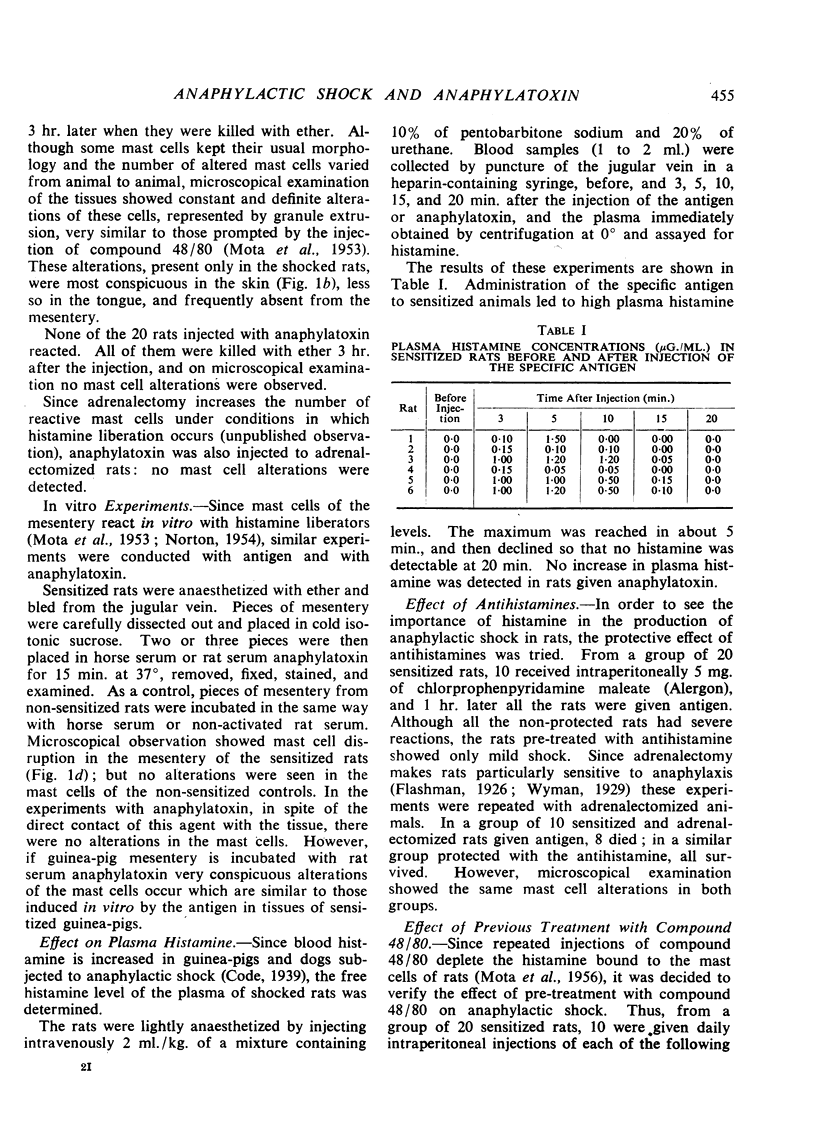
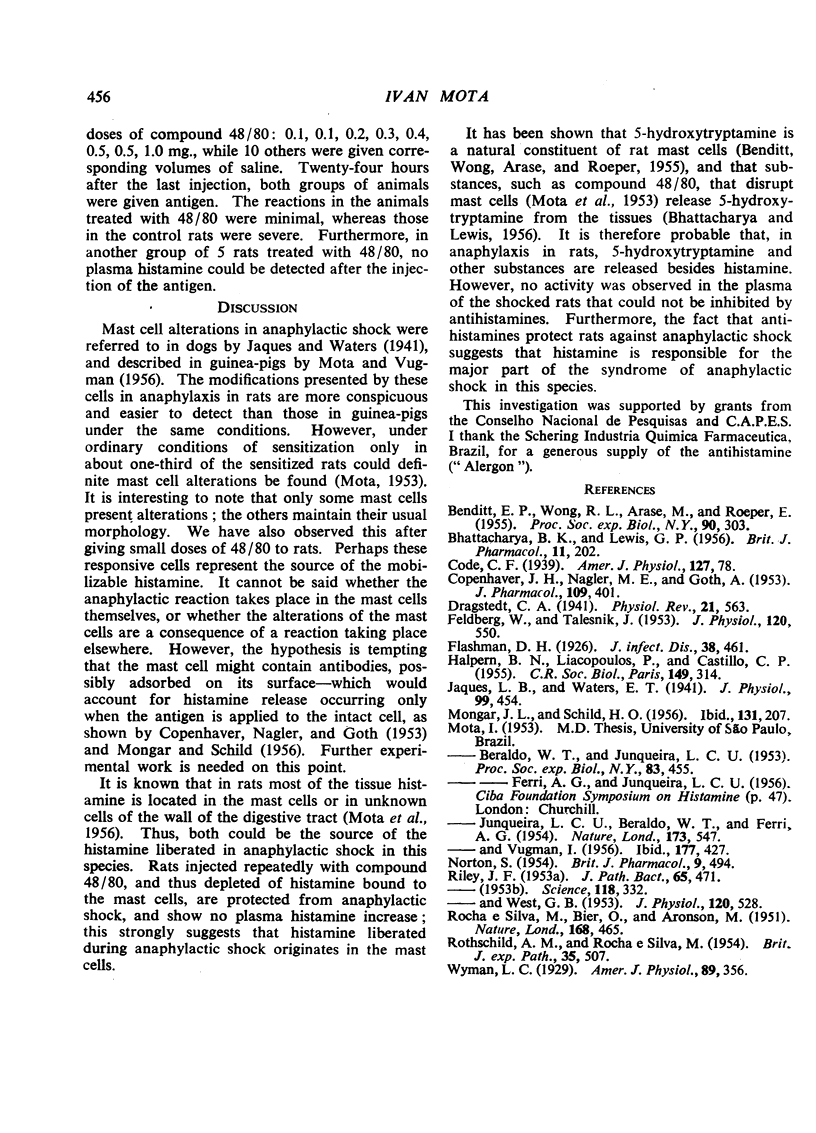
Images in this article
Selected References
These references are in PubMed. This may not be the complete list of references from this article.
- BENDITT E. P., WONG R. L., ARASE M., ROEPER E. 5-Hydroxytryptamine in mast cells. Proc Soc Exp Biol Med. 1955 Oct;90(1):303–304. doi: 10.3181/00379727-90-22016. [DOI] [PubMed] [Google Scholar]
- BHATTACHARYA B. K., LEWIS G. P. The release of 5-hydroxytryptamine by histamine liberators. Br J Pharmacol Chemother. 1956 Jun;11(2):202–208. doi: 10.1111/j.1476-5381.1956.tb01054.x. [DOI] [PMC free article] [PubMed] [Google Scholar]
- COPENHAVER J. H., Jr, NAGLER M. E., GOTH A. The intracellular distribution of histamine. J Pharmacol Exp Ther. 1953 Dec;109(4):401–406. [PubMed] [Google Scholar]
- FELDBERG W., TALESNIK J. Reduction of tissue histamine by compound 48/80. J Physiol. 1953 Jun 29;120(4):550–568. doi: 10.1113/jphysiol.1953.sp004917. [DOI] [PMC free article] [PubMed] [Google Scholar]
- HALPERN B. N., LIACOPOULOS P., PEREZ DEL CASTILLO C. L'anaphylaxie expérimentale chez le rat albinos. C R Seances Soc Biol Fil. 1955 Feb;149(3-4):314–319. [PubMed] [Google Scholar]
- Jaques L. B., Waters E. T. The identity and origin of the anticoagulant of anaphylactic shock in the dog. J Physiol. 1941 Jun 30;99(4):454–466. doi: 10.1113/jphysiol.1941.sp003915. [DOI] [PMC free article] [PubMed] [Google Scholar]
- MONGAR J. L., SCHILD H. O. Effect of antigen and organic bases on intracellular histamine in guinea-pig lung. J Physiol. 1956 Jan 27;131(1):207–219. doi: 10.1113/jphysiol.1956.sp005457. [DOI] [PMC free article] [PubMed] [Google Scholar]
- MOTA I., BERALDO W. T., JUNQUEIRA C. U. Protamine-like property of compounds 48/80 and stilbamidine and their action on mast cells. Proc Soc Exp Biol Med. 1953 Jul;83(3):455–457. doi: 10.3181/00379727-83-20384. [DOI] [PubMed] [Google Scholar]
- MOTA I., JUNQUEIRA L. C., BERALDO W. T., FERRI A. G. Action of peptone on mast cells of the dog. Nature. 1954 Mar 20;173(4403):547–548. doi: 10.1038/173547b0. [DOI] [PubMed] [Google Scholar]
- MOTA I., VUGMAN I. Effects of anaphylactic shock and compound 48/80 on the mast cells of the guinea pig lung. Nature. 1956 Mar 3;177(4505):427–429. doi: 10.1038/177427a0. [DOI] [PubMed] [Google Scholar]
- RILEY J. F. The effects of histamine-liberators on the mast cells of the rat. J Pathol Bacteriol. 1953 Apr;65(2):471–479. doi: 10.1002/path.1700650219. [DOI] [PubMed] [Google Scholar]
- RILEY J. F., WEST G. B. The presence of histamine in tissue mast cells. J Physiol. 1953 Jun 29;120(4):528–537. doi: 10.1113/jphysiol.1953.sp004915. [DOI] [PMC free article] [PubMed] [Google Scholar]
- ROTHSCHILD A. M., ROCHA E SILVA M. Activation of a histamine-releasing agent (anaphylatoxin) in normal rat plasma. Br J Exp Pathol. 1954 Oct;35(5):507–518. [PMC free article] [PubMed] [Google Scholar]



